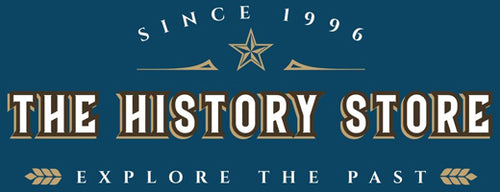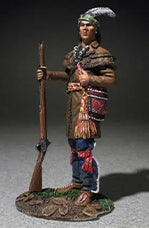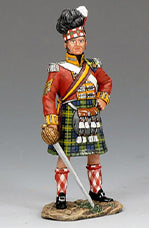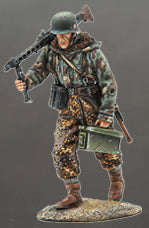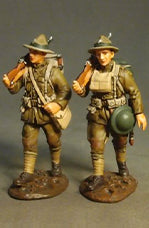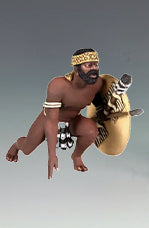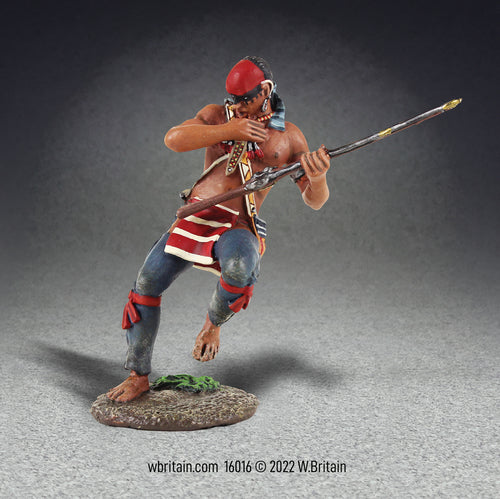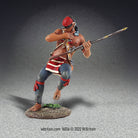16016 - Native Warrior Casualty, Falling
Couldn't load pickup availability
Native Warrior Casualty, Falling
Archaeological evidence confirms the prominent role of warfare in indigenous societies well before the arrival of European settlers. In areas where large war parties could come together, the formal battles that occurred were often highly ritualized and conducted in ways that limited the casualties. Most Europeans were derisive of such relatively bloodless sport and found it “more of a pastime than to conquer or subdue enemies.” With the introduction of firearms, such open field combat became too costly according to indigenous cultural norms of war. A lead musket ball would inflict far more damage than any flint tipped arrow. With that, the new tactic became one of hit and run, and ambush.
1/30 scale
Matte Finish
Single figure in box
